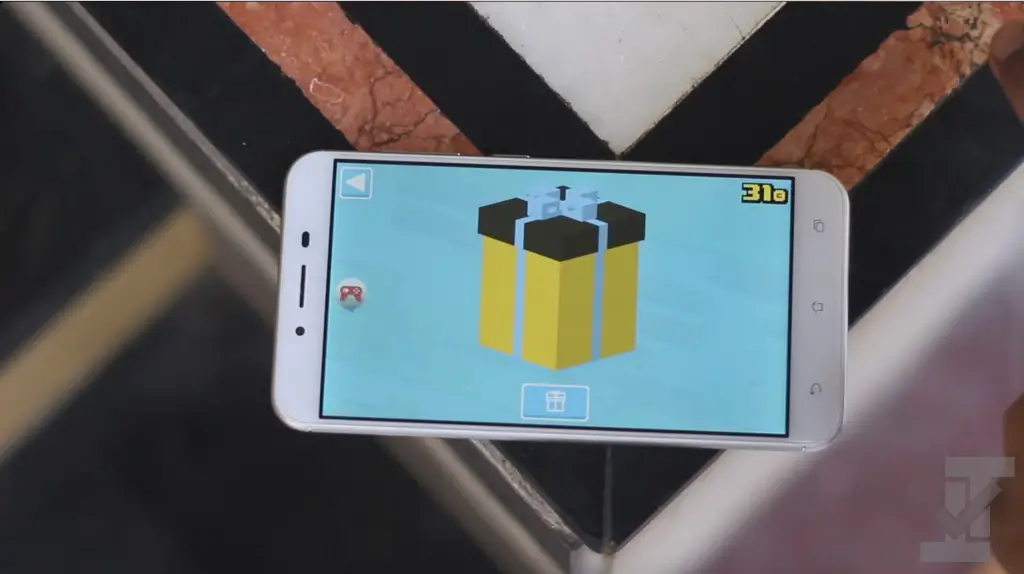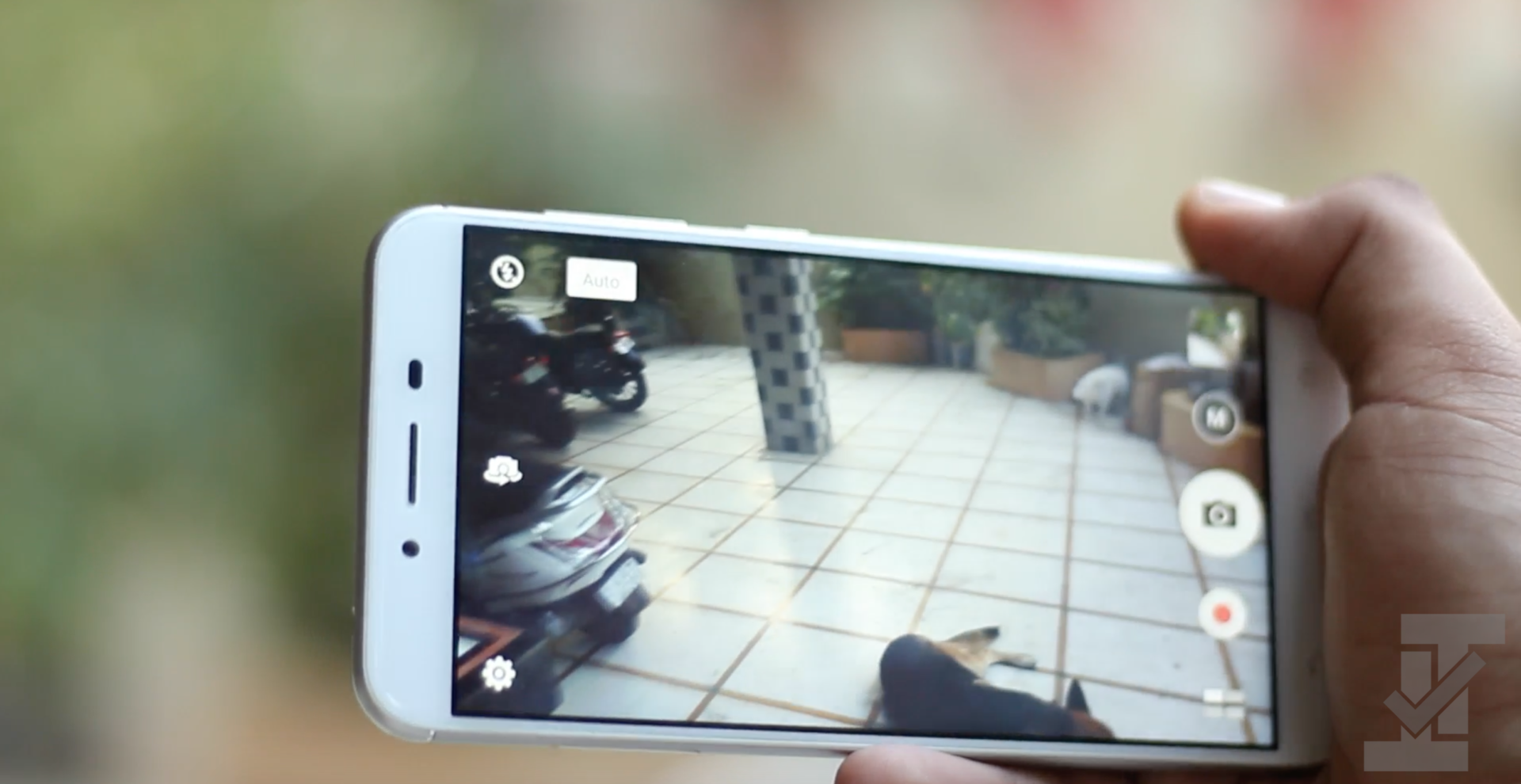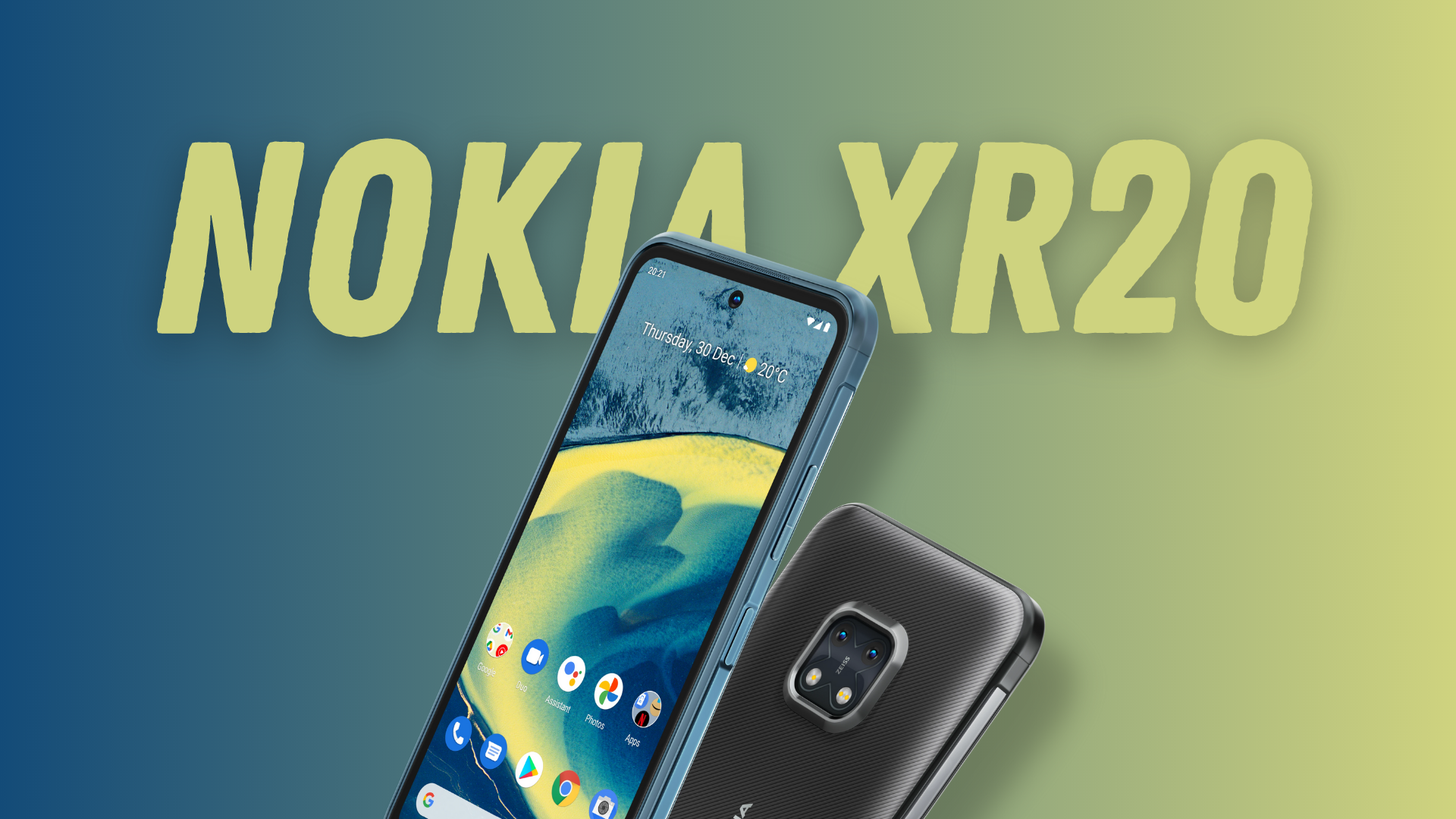With this year’s flagship lineup, it’s clear that Asus attempted to curb the budget friendly phone sector to follow Samsung or Apple’s footsteps, and bumping up the prices subsequently. Though it might sound like a very indigenous step for any company to take, there are several fundamentals, which require being taken care of. For instance, customer satisfaction and value for money. And, Asus has surely missed out on them.
Though Asus doesn’t target excellent performance, they promise a great battery life with the 4100mAh battery. The phone falls short of that, overall seeming like a very disappointing purchase.
Design and Build:



The Zenfone 3 Max sports an eye-catchy design, and probably, this is the only factor that’s great about the phone. Though there isn’t much going on, the phone looks absolutely elegant, due to the Aluminium unibody chassis, and the 2.5 curved glass on the front. All of these add up to provide a very superior and robust feel in hand.
However, don’t expect the phone to stand out with the same, chewed up, worn out and design, which almost every phone in 2016 has adapted to. Outlining every aspect of the design, the phone sports a 1080P Full HD screen on the front, topped by the conventional sensors, the earpiece, and the front-facing camera. Below all of which, lay the non-backlit keys, which it in itself is a disappointing factor, considering the fact that the phone retails at Rs.18,000/-. Also, there’s no mention of a protective glass (Gorilla glass/toughened glass) being present. On the right of the phone, lay the volume rockers and the power button, and on the left lays the hybrid sim slot. Which is a let down, The 2016 Zenfone Max was a true dual-SIM compatible phone. On the back of the phone, it’s fully metal clad, with a 16MP primary sensor, assisted by laser autofocus and dual tone LED flash. Below the camera, lies a quick enough fingerprint sensor, themed according to the overall design language. Talking off the top, here’s where the headphone jack sits, and on the bottom are the micro-USB slot, speaker grills, and the primary mic. What stands out, though, is the display. Although it’s a 1080P panel, the colours are prominent, and the picture is super sharp.
Performance:



As aforementioned, Asus hasn’t aimed for excellent performance. Sounds indigenous, but still, the Zenfone 3 Max being a mid-ranger, doesn’t perform equivalently. Starting with the good side, the phone glides through normal day to day usage; browsing social media, the internet, launching and quitting apps, etc. However, it does surprise you frequently with pesky stutters and lags here and there. According to me, the reason Zenfone 3 Max falls short here is the chipset utilized by Asus: Snapdragon 430, which is an entry-level chipset. As painful as it sounds, the mid-range phone retails at Rs.18,000/- and still sports an entry level chipset, subsequently devaluing itself and leading to unsatisfied consumers. Apart from that, the phone also flies through small Android Indie games such as Crossy Roads, Temple Run, Subway Surfers, etc. The graphics are well rendered, and usually, the phone does decently with these games. However, it’s the bigger titles such as Need For Speed and Modern Combat 5, where the phone literally just quits performing. Being graphic intensive, these games lag quite a lot on this device and are extremely slow to respond.
Keeping performance aside, the phone actually fails to deliver what it promises and considers it’s own USP: Battery life. It’s surely a downgrade from Asus Zenfone Max 2016, which sported a 5,000mAh battery. The Zenfone 3 Max does sport a large battery (4100 mAh), in a smaller form factor, which in itself is appreciable. But, the phone doesn’t provide what it promises, Asus guarantees a 2-day battery life, but the phone lasts only for nearly a day. More or less every night, the phone possessed 20 to 25% of the juice, while the predecessor lasted for 2 and a half to 3 days. What’s more, with the larger battery, there’s no fast charging either, taking almost forever for the phone to charge.
Also Read: Asus Zenfone Max 2016 Unboxing and Initial Impressions and Asus Zenfone Max 2016 Review
Camera
The phone comes with a 16-megapixel primary camera, assisted by the laser autofocus and the PDAF. Photos that are taken using the Asus Zenfone 3 Max look mundane, with nothing special about them. Even in bright daylight, the images lack details and also feature a significant amount of grain. Besides that, the dynamic range on the Zenfone 3 Max’s camera is completely mediocre, the colours are blown out, and the white balance is also a mess. Using the HDR mode does enhance the images for good and fixes the issue with the dynamic range, but it still doesn’t make the images look as good.
Talking about the front-facing camera, it is an 8-megapixel sensor that shoots decent selfies. The selfie camera captures a great amount of detail and houses quite a few modes to enhance and augment your selfies. What’s more, it seems to work better than the main sensor as well, when comparing the low light shots.
Photos taken using the camera:








Software
The phone still runs on Android Marshmallow 6.0.1 and not Nougat. It comes equiped with Asus’ ZenUI 3, which in itself is a very intensive skin. I switched the launcher to Google Now to suite myself, but yet the overall experience was hindered by the bulkiness of the ZenUI. There were several minor stutters and lags, but overall, everything was fluid and smooth. In my opinion, the UI itself is the reason for the shortfalling battery life.
Pricing
The phone is priced at Rs.18,000/-, which is not at all an appropriate price for this phone. Considering other phones in this price range, the LeEco Le Max 2 for example houses a flagship level chipset (the Snapdragon 820) and retails for Rs.20,000/-. It also features better optimisation and a better performing camera as well. Apart from that, the Zenfone 3 Max that retails for Rs.13,000/- is even more disappointing, as it brings a Mediatek processor. The Asus Zenfone 3 Max is not well worth your money, but if you wish to purchase them after all, the links are mentioned below.




